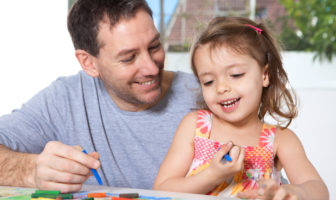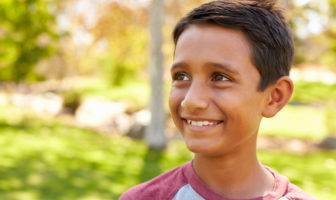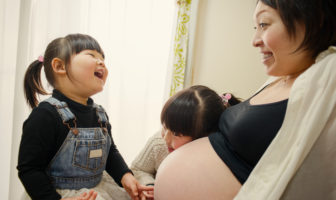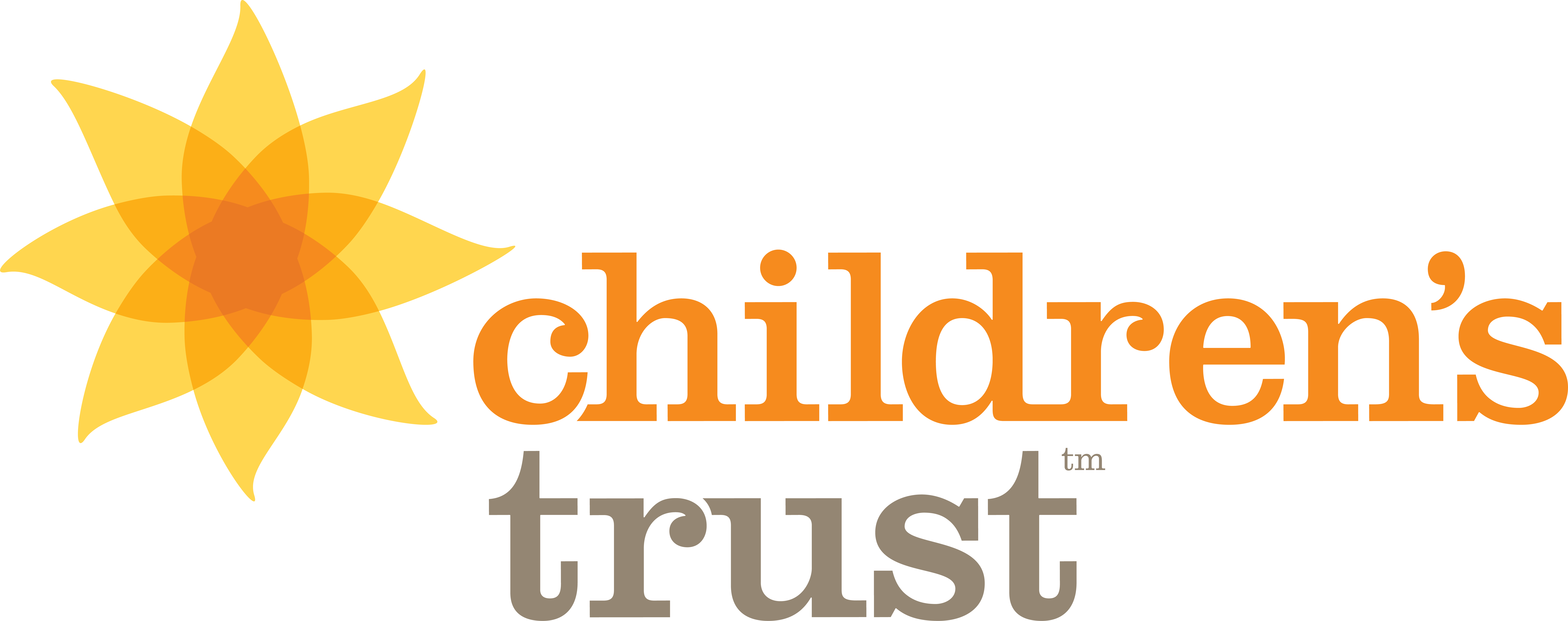No matter what your political beliefs, there's one thing parents can agree on: We'll be inundated with election coverage over the next few weeks. Chances are that your child has begun to notice campaign signs, television commercials, news coverage, T-shirts, bumper stickers, buttons and conversations about the election.

Keeping Kids Safe: Teaching Kids about Safe Touches
Teaching your children that no one should touch a child’s private parts except to keep them clean and healthy is an important step in keeping kids safe. Ensuring your child understands what “private parts” and “clean and healthy” mean, and what to do if someone makes them feel uncomfortable, is something every parent must do.
- Teach your child what parts of their body are considered private. The simplest explanation is that private parts are those that are typically covered by their swimsuit.
- Use the correct term, i.e. penis and vagina, for all body parts. Experts encourage parents to use the correct terms for private body parts because it gives children the ability to communicate clearly if something ever happens. A good approach is to use words a doctor or nurse might say to describe private parts.
- Explain what clean and healthy means in terms your child can understand. For example, you wash your hands before dinner to be clean, baby's diapers need to be changed to keep them clean and healthy, and we sometimes have to visit the doctor to be healthy.
- Ask your child to name the people they can think of that keep them clean and healthy. These people have permission from mommy or daddy and typically include:
- Mommy
- Daddy
- Grandma
- Grandpa
- Teacher (if a problem arises in school)
- Doctor
- Nurse
- Be specific about why each of these people help keep them clean and healthy. For example, mommy or daddy might help give a child a bath and a nurse or doctor might check a child all over to keep them healthy.
- Give your children permission to tell you or another safe adult about someone who wanted to touch their private parts or did touch their private parts. The point here is that it is much better to tell right away if something happens. Giving permission for your child to talk about what happened is key and, it’s also important to tell your children it is never too late to tell.
- Always believe your child. It is very rare that a child will falsely disclose. If someone tries to hurt your child, the child is never to blame. Read our article on what to do if your child tells you they have been abused.
For more information on how to keep kids safe, check out the next article in the series which talks about signs of a bad babysitter.
other articles and videos we love
Child abuse happens when a parent or other adult causes serious physical or emotional harm to a child. Read this article to learn more about the different types of abuse including, physical. sexual, emotional, and neglect and what to do if you suspect your child is being abused.
Talking with your child about things like touching and private body parts isn’t easy. It’s common to feel uncomfortable and embarrassed, and you may not know where to start. But the good news is, you can weave these conversations into the interactions you have with your kids every day, like bedtime, reading time, and at meals.






